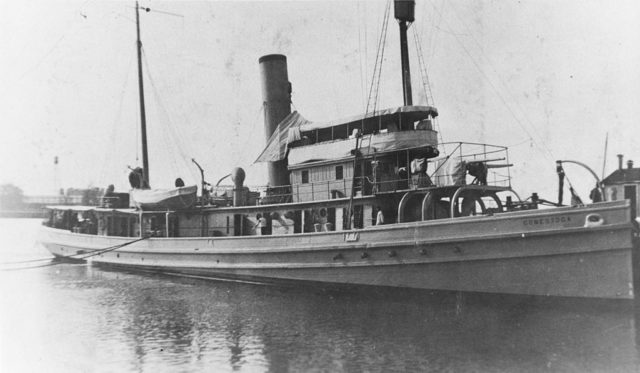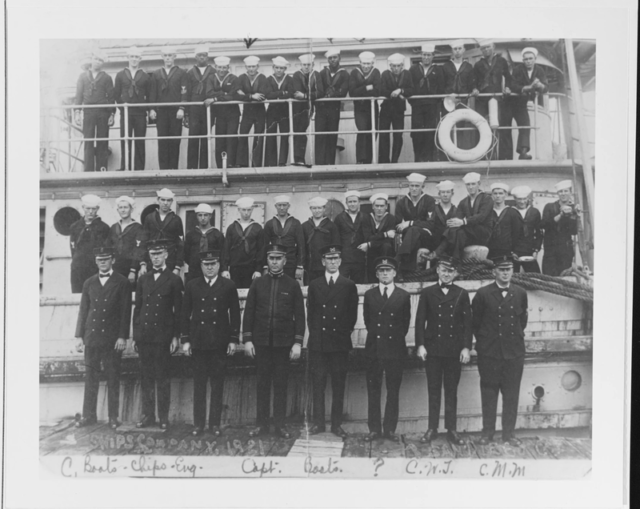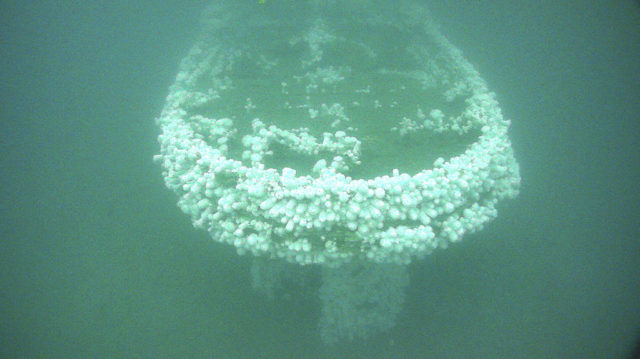The USS Conestoga left for Pearl Harbor in 1921 from San Francisco Bay and vanished without a trace.
The biggest air and sea search ever was carried out in 1921 to find the missing ship and its 56-man crew. Nothing has ever been found to suggest where the military tug might have been or what happened to it.
The US Navy and NOAA (National Oceanic and Atmospheric Administration) have announced that the tug has finally been found only thirty miles off the coast of San Francisco, near the Farallon Islands.

Today, NOAA is in the middle of mapping the 300 shipwrecks that lie off the waters of San Francisco, but it may take years for this work to be completed.
An unknown shipwreck was found in 2009 in 189 feet of water and about three miles southeast of Farallon Island, resting within the Greater Farallones National Marine Sanctuary. It wasn’t until September, 2014 that the agency began an investigation into the wreck. It took until October, 2015 before it was finally identified as the USS Conestoga.

The weather logs from when the tug departed in 1921, showed that the wind had risen to 40 miles an hour and the seas were rough with high waves.
There was one radio transmission from the tug that was relayed from another ship, stating that they were battling a storm and that the barge they had been towing had torn itself free in the heavy seas. The investigators think that the tug was made for a sheltered bay on Farallon Island to ride out the storm when it sank, Mail Online reported.

Underwater video shows a largely intact ship with the wooden deck and upper features collapsed into the hull, due to corrosion and the age of the wreck. Marine growth coats the exterior and no human remains can be seen. It was a 170-foot steel tugboat and one of the largest of its kind at that time. It was originally built to pull coal barges for the Philadelphia and Reading Railroad Company. It was purchased by the US Navy just after the United States entered World War I. It towed various ships along the Atlantic coast and became attached to Naval Base No. 13, Azores.
In 1920 it was altered, reclassified, and sent into duty as a station ship in American Samoa. It disappeared during this journey. The only thing found from the wide search was a single empty life raft with the letter “C” on its bow, floating off Manzanillo, Mexico.
